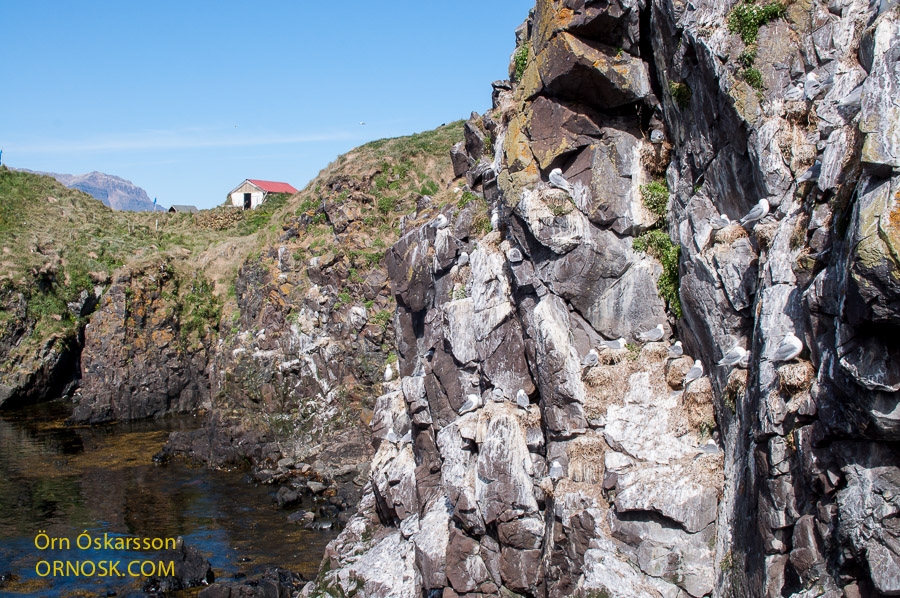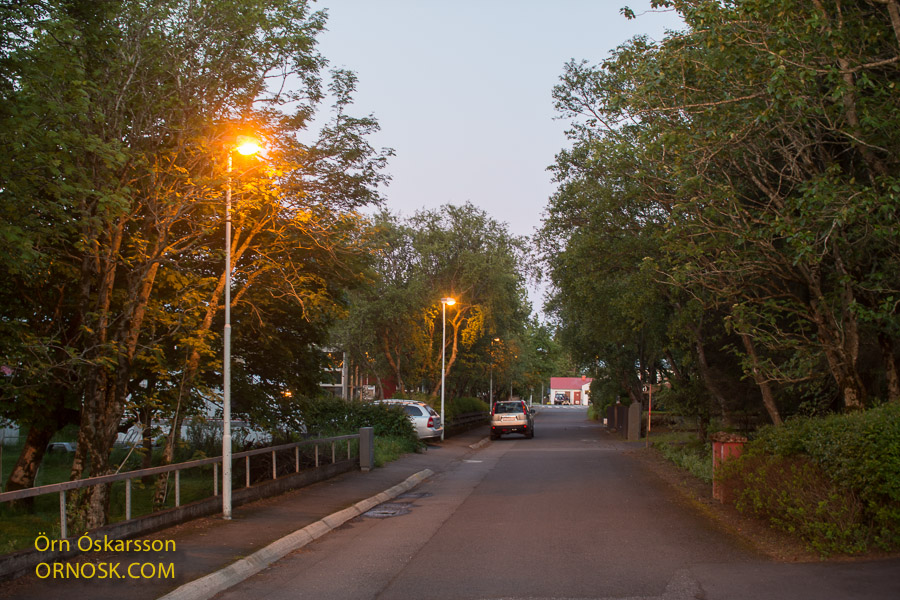
A lot of flowers are in full bloom now in the interior. Vegetation, however, is more often very scarce at this altitude for several reasons. The weather is not favourable, the soil is sandy and is on the move in stormy weather. Therefore the interior is heavily affected by grazing sheep. Letting these domestic animals lose in the interior for the summer has been a custom in Iceland since the Middle Ages. In the moonlike environment, the black sands made of volcanic minerals and lava, are often dominant and it is no wonder that flowering plants are on the top of the menu for the wandering sheep.

Hvítmaðra – Galium normanii – Slender Bedstraw
Coming across fields of wild mountain flowers in the highlands is very often a great surprise and nothing less than heavenly. Hiking this week we were so happy to come across such a delight.

The mountainside was covered with different kinds of wild flowers in bloom. These include velvet bells, snow gentian, moonwort, rock speedwell and many more. The blue colours of snow gentians and rock speedwells caught the eye and a great surprise was to see a field of wood cranesbill and meadow buttercups high up in the mountainside.


Brennisóley – Ranunculus acris – Meadow Buttercup























